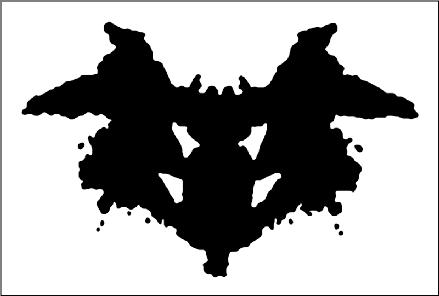“Do you have hands? Excellent. That’s a good start. Can you hold a pencil? Great. If you have a sketchbook, open it and start by making a line, a mark, wherever. Doodle.” -Chris Riddell.
Though many are probably unaware of this fact, February 5th is celebrated all around the world as “National Doodle Day”. There is something about doodling, that innate habit that has infected everyone with a writing instrument. This art, requiring just one pen and paper, has enamoured most of the world’s population.
Doodles are, in a way, an expression of the subconscious mind. As opposed to structured art, doodles are an outcome of boredom: when the mind is either preoccupied or just disengaged. When a person finds himself doodling in a class or meeting, he isn’t necessarily thinking about it or focusing his mind on what to draw next. His hands just seem to elucidate his wandering subconscious thoughts.
Recognizing this, a parallel can be drawn between the studies of Sigmund Freud. Doodles can be examined as a kind of Rorschach test.

“Emotional people who want harmony and crave affection tend to use rounded shapes and curved lines. Down-to-earth, practical types tend to use straight lines and squares. Determined people will use corners, zigzags and triangles, while more hesitant types use light, sketchy strokes.” says Ruth Rostron, of the British Institute of Graphologists.
What merits examination is the difference in output of art with and without the presence of an audience. The absence of an intended audience lends a certain freedom and informality that no other circumstance can replicate. This, then, is a phenomenon worth looking into, for determining the importance that third stakeholder plays in the creative process.